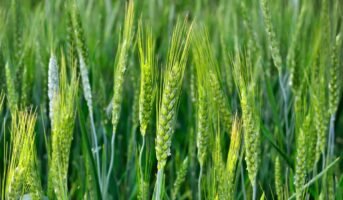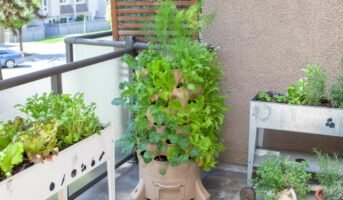Plants, one of nature’s most remarkable creations, play a vital role in our ecosystem. They provide oxygen, food and shelter and amaze with their beauty. To truly appreciate all plant offerings, it is essential to understand the classification of different types of plants. Let’s explore the various plants, uncovering their unique characteristics and diverse classifications.
See also: Hanging plants for home: Top picks
Different types of plants based on vascular tissue
Plants can be broadly categorized into two main groups based on the presence or absence of the vascular tissue, which is responsible for the transport of water and nutrients within the plant.
Vascular plants (Tracheophytes)
Vascular plants, also known as tracheophytes, are a diverse group that includes ferns, conifers and flowering plants. These plants possess specialized tissues called xylem and phloem, which enable the transportation of water, minerals and sugars throughout the plant.
01. Ferns (Filicinophyta)
Ferns are ancient plants that reproduce through spores instead of seeds. They have feathery fronds and thrive in moist environments, such as rainforests and shaded areas. Ferns add a touch of elegance to gardens and are admired for their intricate leaf structures.
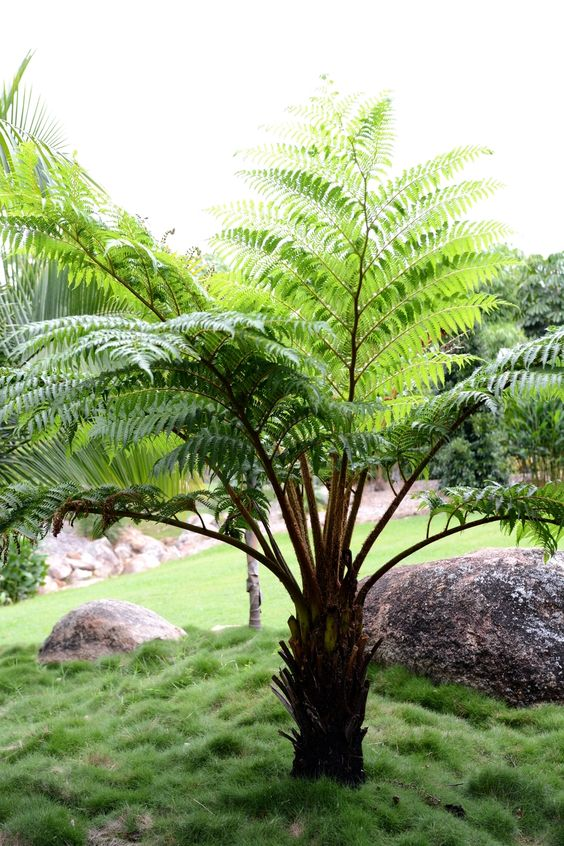
Source: Pinterest
02. Conifers (Pinophyta)
Conifers are a group of woody plants characterized by their needle-like or scale-like leaves and cone-bearing structures. These plants include familiar species, such as pine, spruce and fir trees. Conifers adapt well to cold climates and dominate many forests worldwide.

Source: Pinterest
03. Flowering plants (Angiosperms)
Flowering plants, or angiosperms, are the most diverse group of plants. They produce flowers, which eventually give fruits and seeds. From delicate orchids to towering sunflowers, flowering plants captivate us with their vibrant colours and enticing fragrances.
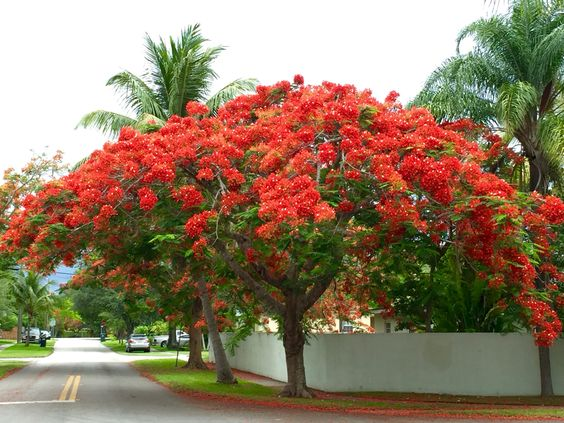
Source: Pinterest
Non-vascular plants (Bryophytes)
Non-vascular plants, also known as bryophytes, are a group of simple plants that lack specialized vascular tissues. They include mosses, liverworts and hornworts. These plants are often found in damp environments and have a unique reproductive cycle involving spores.

Source: Pinterest
Different types of plants based on reproduction
Plants can be classified based on their modes of reproduction, which sheds light on their unique characteristics and life cycles.
Spore-producing plants
Some plants reproduce through spores instead of seeds. This method of reproduction is common among ferns, mosses and related plants. Spores are tiny structures that can disperse over long distances, aiding in the colonization of new habitats.

Source: Pinterest
Seed-producing plants
Seed-producing plants protect and nourish their offspring within a seed. There are two main groups of seed-producing plants:
01. Gymnosperms
Gymnosperms are a group of seed-producing plants that do not produce flowers. They are often referred to as “naked seeds” because their seeds are not enclosed within a protective fruit. Instead, they are exposed on the surface of specialized structures called cones. Gymnosperms include pines, spruces and cycads.
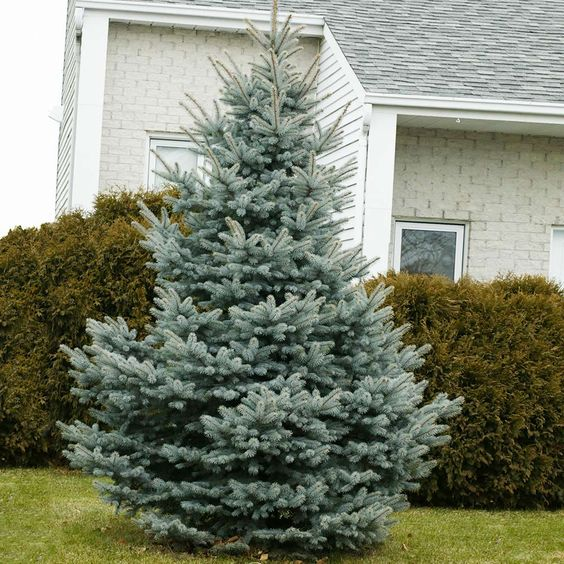
Source: Pinterest
02. Angiosperms
Angiosperms are flowering plants. They produce seeds enclosed within a protective structure known as a fruit. Angiosperms are incredibly diverse and dominate the plant kingdom. They can be further classified into two groups:
- Monocots (Monocotyledons)
Monocots are a group of angiosperms that possess a single seed leaf or cotyledon. They have parallel leaf veins, floral parts in multiples of three and scattered vascular bundles in their stems. Monocots include grasses, lilies and orchids.
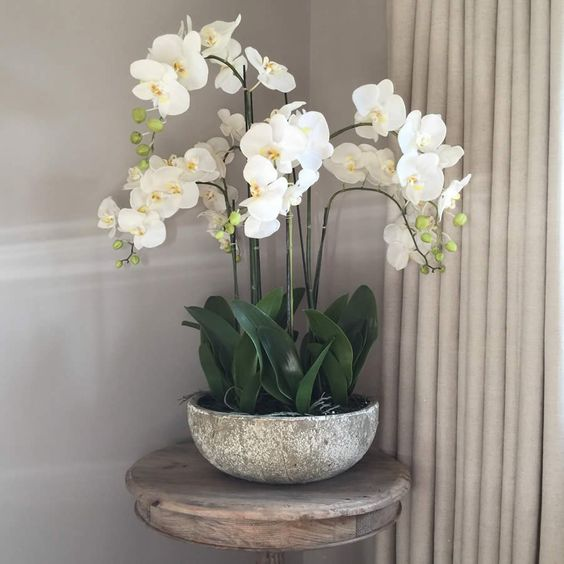
Source: Pinterest
- Dicots (Dicotyledons)
Dicots have two seed leaves or cotyledons. They have net-like leaf veins, floral parts in multiples of four or five and a ring-like arrangement of vascular bundles in their stems. Dicots encompass a wide range of plants, including roses, sunflowers and oak trees.

Source: Pinterest
Different types of plants based on habitat
Plants classified based on their preferred habitats reflect their adaptation to different environmental conditions.
Aquatic plants
Aquatic plants live in water, irrespective of fresh or saline environments. They have unique features, such as specialized root systems for anchoring in water and obtaining nutrients. Aquatic plants include water lilies, lotus and seaweeds.
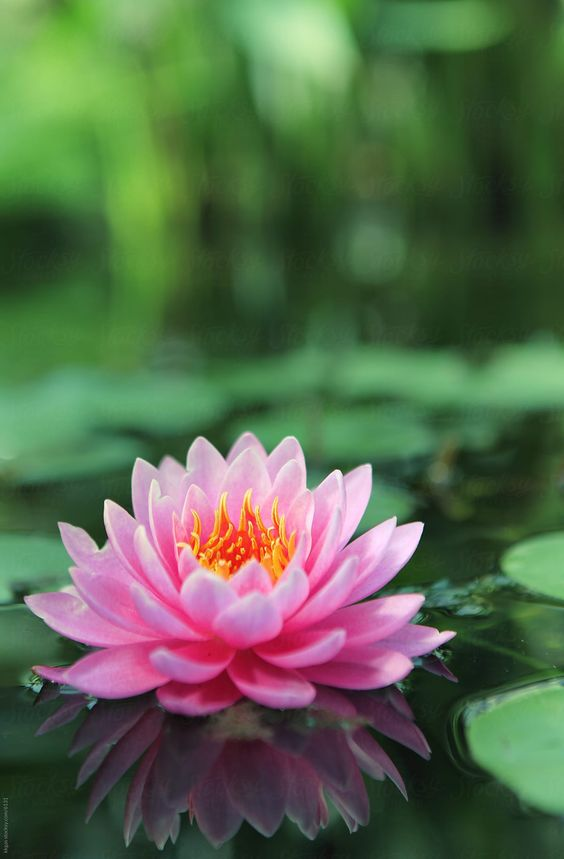
Source: Pinterest
Desert plants
Desert plants have evolved an exceptional adaptation to survive in dry environments. They often have thick, waxy leaves to reduce water loss and extensive root systems for efficient water absorption. Cacti, succulents and desert shrubs are common desert plants.

Source: Pinterest
Epiphytes
Epiphytes grow on the surface of other plants, typically trees. They obtain nutrients and moisture from the air and rainwater rather than relying on the host plant for sustenance. Orchids, bromeliads and ferns are frequently found as epiphytes in tropical rainforests.

Source: Pinterest
Alpine plants
Alpine plants inhabit high mountainous regions with extreme weather conditions and rocky soil. These plants have adaptations, such as cushion growth forms, hairy leaves for insulation and deep root systems, to withstand harsh alpine environments. Alpine flowers, like Edelweiss and Alpine Forget-Me-Nots, are iconic examples.
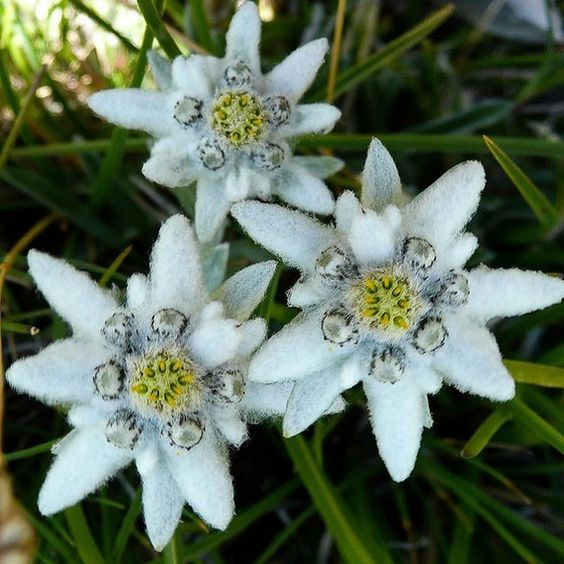
Source: Pinterest
Different types of plants based on age or lifespan
Plants classified based on their age or lifespan reveal their unique growth patterns and longevity.
Annual plants
Annual plants complete their life cycle within a single year. They germinate, grow, flower, produce seeds and die within one growing season. Annual plants include marigolds, zinnias and petunias. These plants are often used to add vibrant colours to gardens and landscapes.
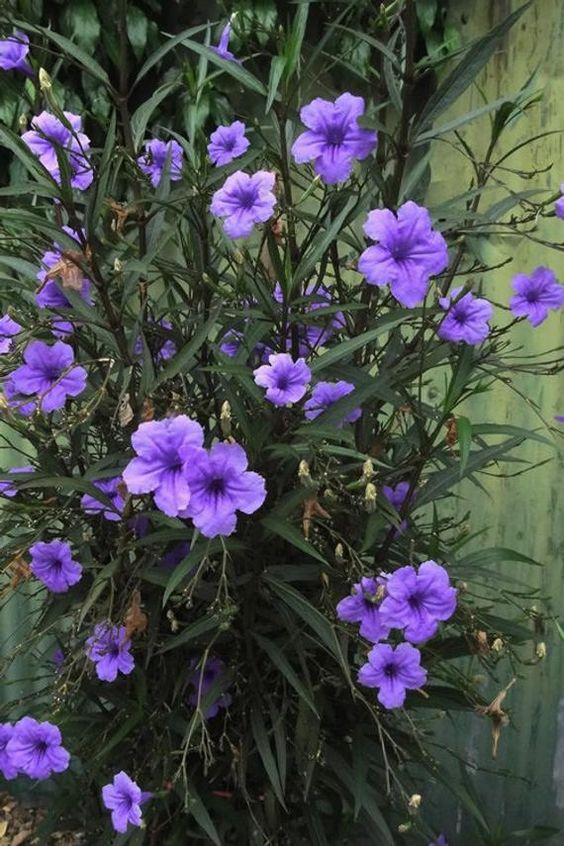
Source: Pinterest
Biennial plants
Biennial plants have a two-year life cycle. During the first year, they develop leaves and a root system. In the second year, they flower, produce seeds and die. Parsley, foxgloves and some types of carrots are examples of biennial plants.
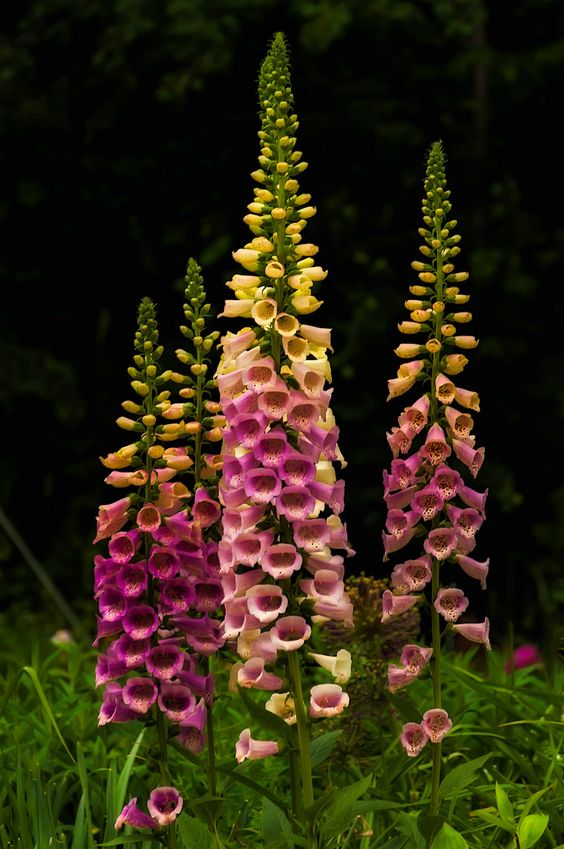
Source: Pinterest
Perennial plants
Perennial plants have a longer lifespan, persisting for multiple years. They may die during harsh seasons and regrow from their root systems when conditions improve. Perennials can live for many years, constantly blooming and spreading. Trees, shrubs and herbaceous plants, such as roses, irises and hostas, are common examples of perennials.
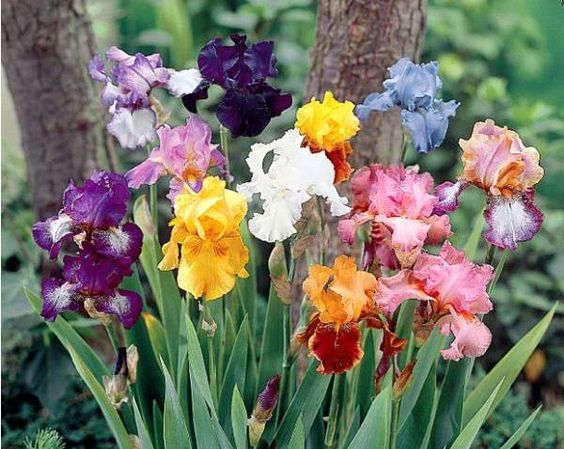
Source: Pinterest
Different types of plants based on size
Plants are classified based on their size with distinct categories, such as shrubs, herbs and trees. This classification provides insight into their growth habits and physical characteristics. It also highlights their growth patterns, functional roles and their contribution to the overall ecosystem.
Shrubs
Shrubs are woody plants that are relatively small in size. They have multiple stems and branches arising from the base, giving them a bushy appearance. Shrubs can vary in height, ranging from a few inches to several meters. Shrubs include roses, azaleas and junipers. They are often used in landscaping to create borders, hedges or ornamental features.
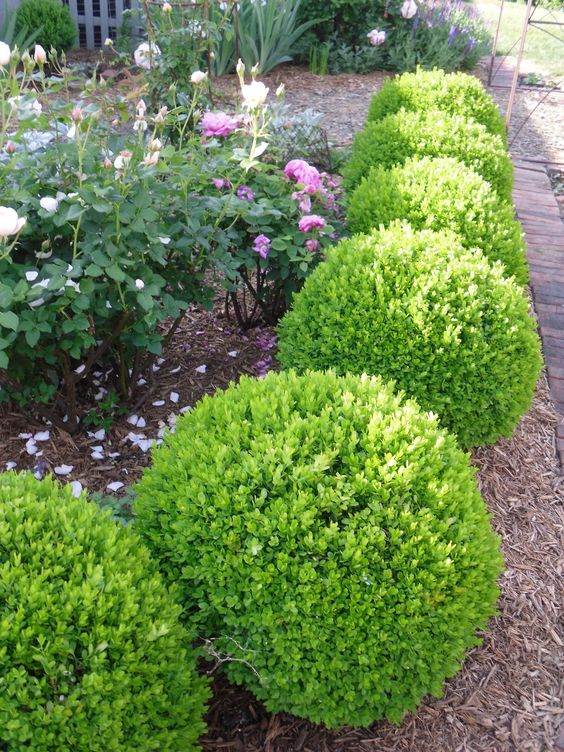
Source: Pinterest
Herbs
Herbs, also known as herbaceous plants, are non-woody plants with soft, green stems. They typically have a short lifespan and die after each growing season. While some herbs may grow to a considerable height, they lack the woody structure of shrubs and trees. Herbs encompass a wide range of plants used for culinary, medicinal and aromatic purposes. Examples include basil, mint and lavender.

Source: Pinterest
Trees
Trees are large, woody plants characterized by a single, dominant trunk and an elevated canopy of branches and leaves. They are the tallest and most long-living plants. Trees play a crucial role in providing shade, stabilizing the soil and serving as a habitat for countless organisms. They come in various sizes, from towering giants, like redwoods, to smaller ornamental trees planted in gardens.
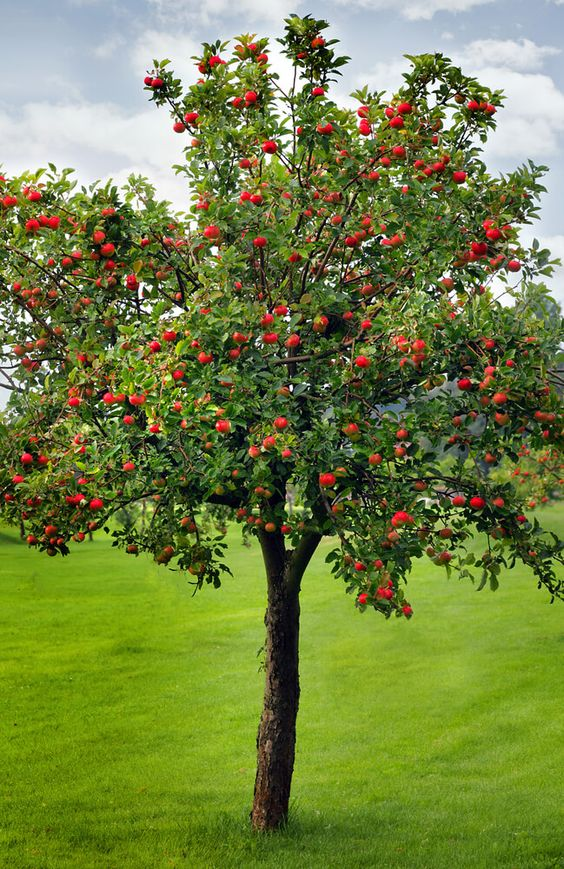
Source: Pinterest
Plant classification: Importance
Understanding plant classification is of paramount importance in the field of biology and botany. Here are several key reasons why comprehending plant classification holds such significance:
- Scientific communication: The classification system provides a common language for scientists and researchers to communicate about plants. It allows them to share information accurately and precisely across different regions and languages.
- Species identification: Accurate identification of plant species is essential for various purposes, including conservation efforts, ecosystem management and understanding biodiversity. Proper classification ensures that a specific plant can be recognised and studied appropriately.
- Taxonomy and evolution: Plant classification reveals evolutionary relationships among different species. It aids in tracing the ancestry of plants and understanding how they have evolved over time.
- Ecological studies: The classification of plants helps ecologists study plant interactions, habitats and ecosystems. It provides insights into how different species contribute to the ecosystem and influence other organisms.
- Medicinal and agricultural research: Knowing the classification of plants aids in the discovery of new medicinal compounds and guides agricultural practices. It assists in identifying plants with potential benefits for human health and agriculture.
- Conservation and preservation: Proper classification helps conservationists identify endangered or threatened plant species and prioritise conservation efforts. It also aids in protecting native plants and preventing the spread of invasive species.
- Horticulture and gardening: Understanding plant classification is crucial for gardeners and horticulturists. It enables them to select appropriate plants for specific conditions and achieve successful cultivation.
- Education: Plant classification is a fundamental topic in biology education. It teaches students about the diversity of plant life and introduces them to the scientific method of organising information.
FAQs
What is the importance of classifying plants?
Proper classification allows scientists and researchers to understand the relationships between different plant species, study their unique characteristics and develop conservation strategies for endangered species.
How can I determine whether a plant is a shrub, herb or tree?
The classification is primarily based on the plant’s growth habits and physical characteristics. Shrubs typically have multiple stems and a bushy appearance, herbs are non-woody with soft stems and trees have a dominant trunk and elevated canopy.
Are there plants that can transition from being a shrub to a tree?
Yes, some plants, particularly certain shrubs, can develop into tree-like forms if allowed to grow unchecked. This transition is influenced by genetics, environmental conditions and pruning practices.
What is the lifespan of a tree?
The lifespan of trees varies depending on the species. Some trees can live for centuries or even millennia, while others have shorter lifespans of a few decades.
How many species of plants exist on Earth?
There are an estimated 390,000+ known species of plants on Earth.
Are all plants photosynthetic?
While the majority of plants are photosynthetic, there are some exceptions. Parasitic plants, such as the dodder vine, obtain nutrients from other plants without conducting photosynthesis.
| Got any questions or point of view on our article? We would love to hear from you. Write to our Editor-in-Chief Jhumur Ghosh at [email protected] |
Housing News Desk is the news desk of leading online real estate portal, Housing.com. Housing News Desk focuses on a variety of topics such as real estate laws, taxes, current news, property trends, home loans, rentals, décor, green homes, home improvement, etc. The main objective of the news desk, is to cover the real estate sector from the perspective of providing information that is useful to the end-user.
Facebook: https://www.facebook.com/housing.com/
Twitter: https://twitter.com/Housing
Email: [email protected]





